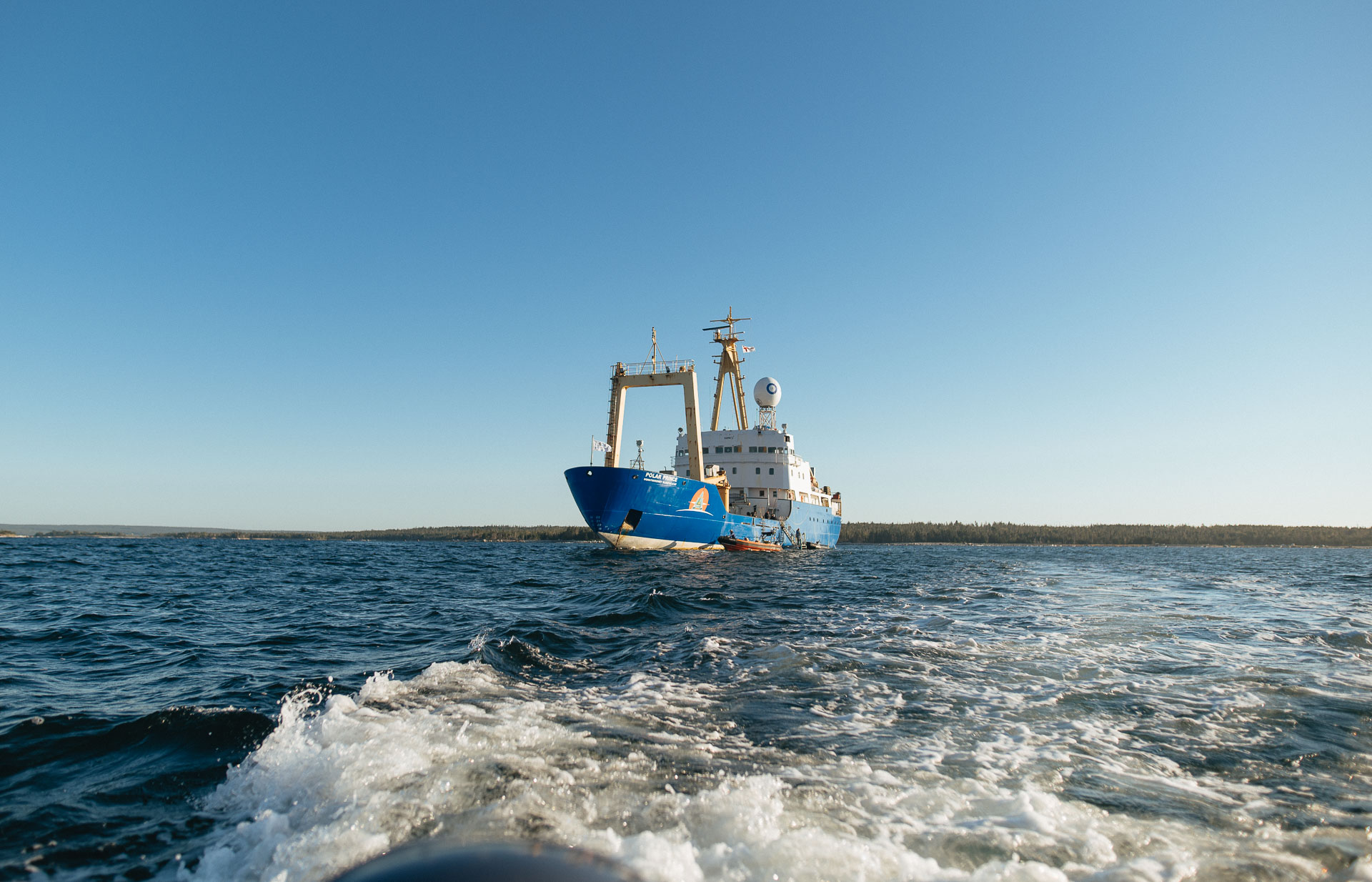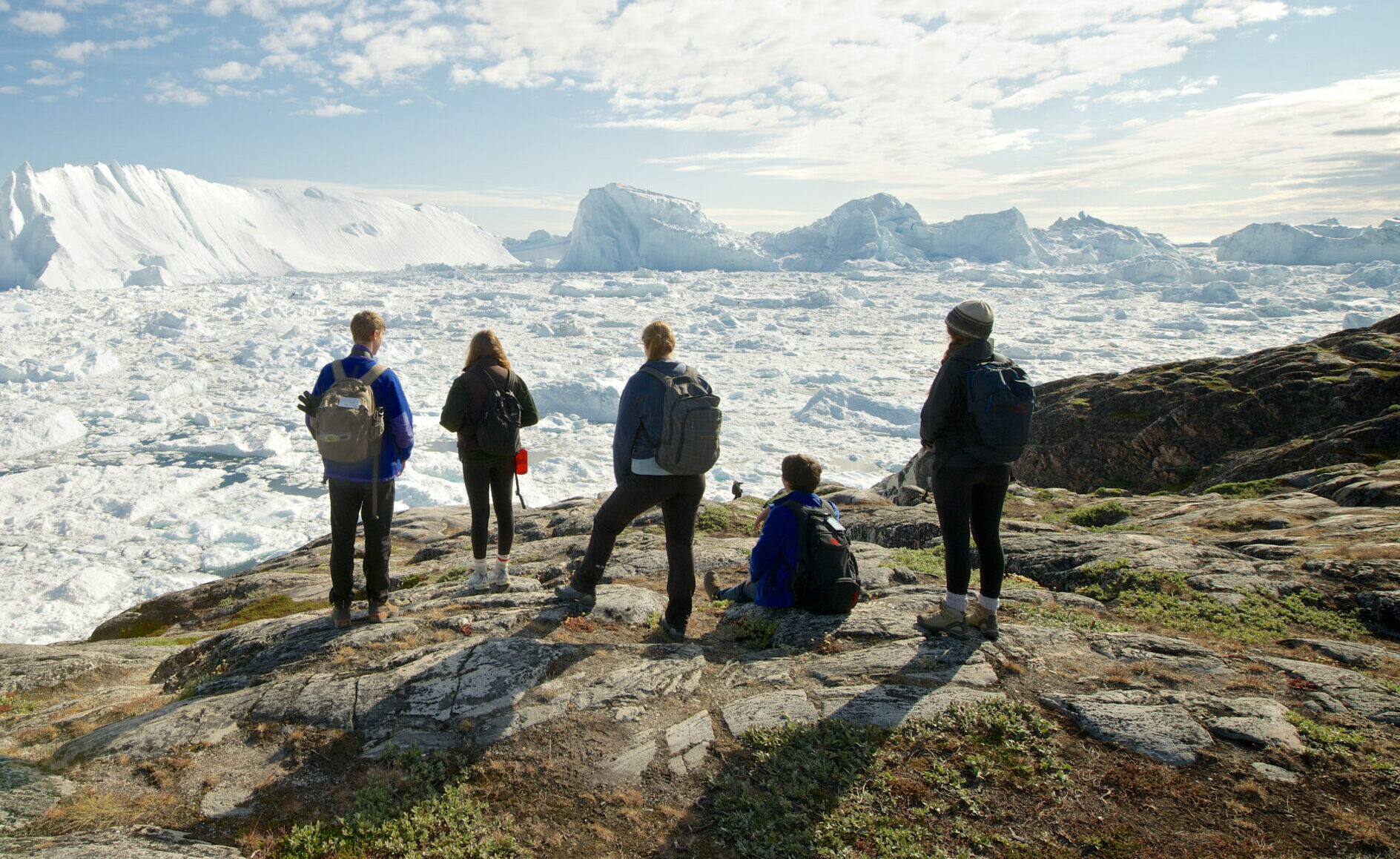A Blue Future: Why We Need a Framework to Unite the Different Lenses of the Blue Economy
By: Ronnie Noonan-Birch

The Blue Economy is generally thought of as the sustainable version of the regular ocean economy because it includes ocean health as a key pillar.
But it’s also criticized for being ambiguous because it lacks clear criteria to determine which ocean operations and activities are “sustainable” enough. This vagueness could lead to “blue washing.” Like “green washing,” it means unsustainable operations market themselves as such.
A successful Blue Economy must be socially equitable, environmentally sustainable and economically viable. But currently, how this vision is enacted depends on the lens through which the Blue Economy is viewed.
This was especially evident during the four ocean conferences I attended in Canada and the U.S. in spring and summer.
I wore two hats. Firstly, as an early career ocean professional (ECOP) researching the emerging Blue Economy, and secondly, as a regional coordinator for SOI Foundation’s Blue Futures Pathways program. This initiative engages youth in Canada’s Sustainable Blue Economy.
In these conferences , I noticed that the Blue Economy was consistently seen as a concept that can bring an ideal future – one that generates sustainable ocean wealth. The Blue Economy priorities that were discussed depended on the purpose and audience of each conference.
After attending these conferences, there are five things I believe Canada’s Blue Economy needs in order to succeed.
1.The Blue Economy needs to include climate change
The ocean-climate nexus was the focus at the Ocean Frontier 2022 Conference in Halifax. The conference opened with an important question: How will Canada’s Blue Economy integrate our current climate change plans?
We know that the ocean is a key contributor to reaching our net zero goals. The ocean’s ability to sequester carbon is directly influenced by ocean health. If extrinsic problems such as acidification, biodiversity loss, and overfishing are not addressed, we will lose Earth’s most important carbon sink.
Currently though, Canada’s Nationally Determined Contribution (NDC) to lower greenhouse gas emissions under the Paris Agreement does not include the ocean. Additionally, the ocean is also absent in Bill C-12, which requires the federal government to set national targets for reducing greenhouse gas emissions and set up a process for planning, reposting and assessment with the objective of achieving next-zero emissions by 2050. This suggests that the Canadian government may not see the vital importance of including the ocean in addressing climate change.
The lack of synergy between the Blue Economy and Canada’s climate policy could be why Canada currently does not have any goals or metrics to measure success.
2. The Blue Economy needs Early Career Ocean Professionals
At the World Ocean Week Early Career Event in New York City, I was among 35 ECOPs discussing ocean governance in a session facilitated by officials from the United Nations’ Division for Ocean Affairs and the Law of the Sea.
There, the discussion focused around the trade-offs that come from competing ocean use – something that is at the core of the Blue Economy. Topics such as deep-sea mining, Marine Protected Areas (MPAs) and fishing came up.
A key takeaway for me is that when you enter conversations about ocean use and trade-offs, it is important to first establish how competing parties perceive the ocean. Starting with this allows for an understanding among parties to be established so that more constructive conversation can take place.
As we discussed how various international policies govern these ocean use decisions, there was sentiment about how policies aren’t doing enough or are not moving at the speed necessary to keep up with ocean problems that are only happening more frequently and more rapidly. ECOPs are consistently told we are running out of time to make necessary changes but it feels impossible to make those changes within the current cumbersome and slow systems.
It is important to have ECOP representation at the tables that make decisions about ocean governance. The Blue Economy will be led by the ECOPs of today so we need to be a part of its creation.
3. The Blue Economy needs to incorporate technology in a responsible way
During the Home to Overseas (H20) Conference in Halifax, N.S., the focus was on the ocean technology sector.
There, I noticed that sustainable development of the Blue Economy was mentioned, but there was no comment on how this development would be measured or the indicators be used.
With an audience of mostly business owners, social equity in the Blue Economy was promoted through remote monitoring opportunities which could engage a more diverse workforce. The Environmental, Social and Governance (ESG) framework was also brought up, and technological solutions like reducing carbon emissions and production of sustainable protein were discussed.
While technology is a necessary component of the Blue Economy, alone it will only address the symptoms of the unsustainable practices that have been grown in the regular ocean economy. If we rely too heavily on technological solutions without addressing the inherent systematic problems, we risk sacrificing long-term sustainability for short-term gain.
4. The Blue Economy needs to balance social, environmental and economic priorities
At the Fourth ICES PICES Early Career Scientist Conference in St. John’s, Newfoundland, much of the science presented about the Blue Economy had a heavy environmental focus and was either on fisheries management and/or marine protected areas.
There, I presented my ongoing masters research in a session on science, management and policy for a sustainable and productive blue economy. The theme of the conference was “Ocean sciences for the future we want,” linked to the UN Decade of Ocean Science and the role of ECOPs within that.
While the Blue Economy was mentioned, not much explanation of what success looks like outside of environmental priorities was offered, nor was there much on how the Blue Economy must also be socially equitable and economically viable.
If all three of these pillars are not considered in the beginning of this new Blue Economy, we risk magnifying existing unsustainable practices and inequities.
5. The Blue Economy needs a centralized framework
With all of these competing lenses and different versions of success, the Blue Economy needs a framework that unifies this vision. Without this unified approach, it will be difficult to secure private investment, establish government funds, attract innovation and achieve buy-in from interested parties to make a successful Blue Economy.
The goal of my Master’s research is to create a framework that outlines how industry actors can achieve a socially equitable, environmentally sustainable and economically viable Blue Economy. The mechanisms of my framework, which are rooted in the United Nations Sustainable Development Goals, will help decision makers address conflicts in value and trade-offs in ocean uses.
The Blue Economy is inherently interdisciplinary and needs a wide array of skills that go far beyond traditional academia or ocean sciences. What does a successful Blue Economy look like to you? Let me know at rnoonan@dal.ca.
Ronnie is a regional coordinator with SOI Foundation’s Blue Futures Pathways program and is a co-founder of the Canadian chapter of the global Early Career Ocean Professionals network. After completing her BSc in marine biology and working in marine conservation, Ronnie is currently pursuing her Master’s in Environmental Studies at Dalhousie University to find out how the Blue Economy can be better utilized in Canada.





